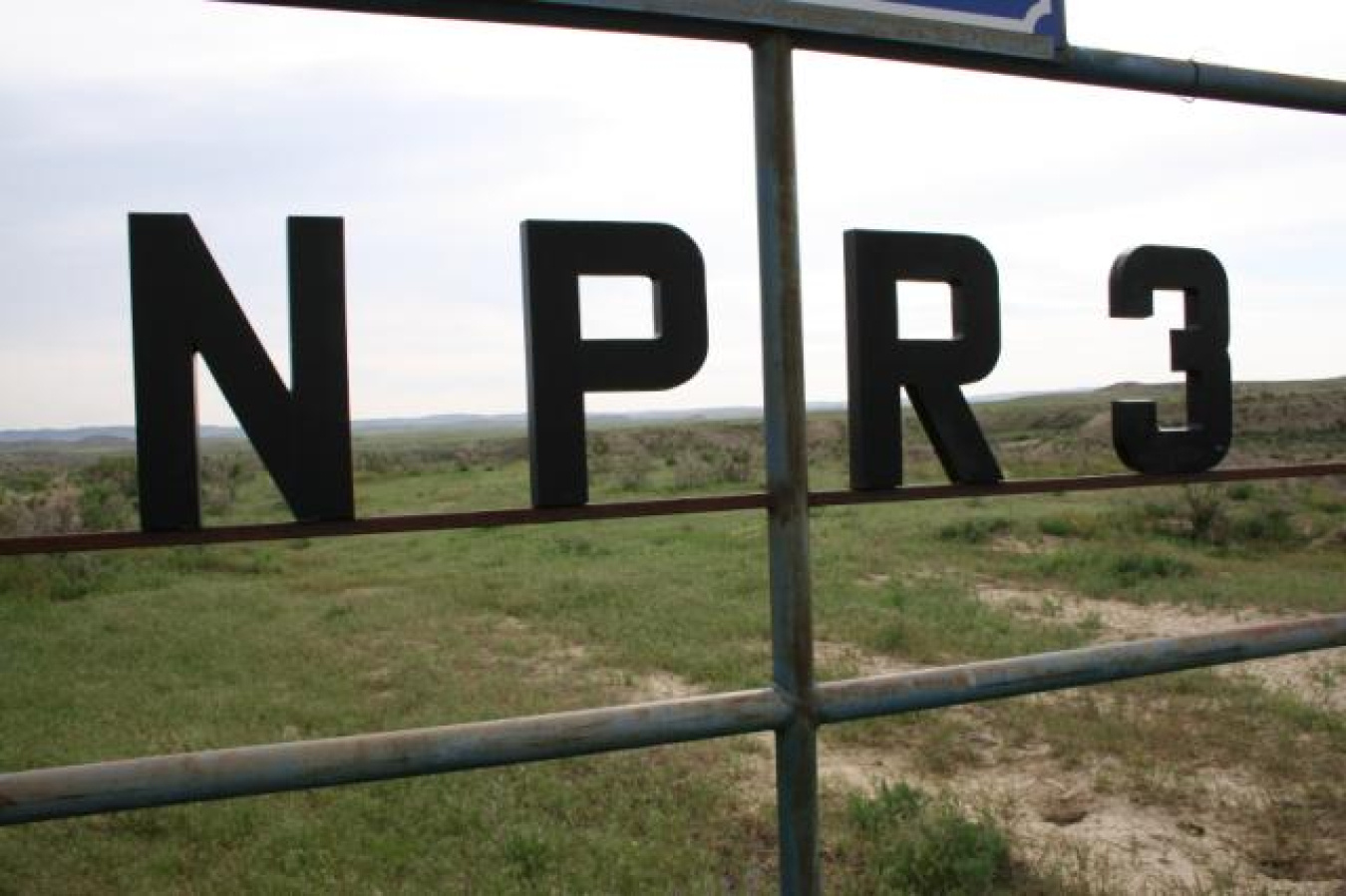The Department of Energy is currently preparing for the sale and maximizing the value of the Rocky Mountain Oilfield Testing Center property, with the plan of transferring the title to a new owner by the end of calendar year 2014.
Office of Fossil Energy and Carbon Management
October 24, 2013
In the eastern Rocky Mountains about 40 miles north of Casper, Wyo., is a place where the deer, antelope, owls, foxes and other native species thrive. It is also home to an oilfield that became infamous in the 1920s because of a scandal involving the secret leasing of U.S. Navy oil reserve lands to private companies.
But today, the Teapot Dome field – which originally acquired its name from a nearby rock that resembles a teapot – has a far more shining reputation and legacy as home of FE’s Rocky Mountain Oilfield Testing Center (RMOTC).
Established in 1993 through joint efforts by DOE, industry and academia, RMOTC uses resources and facilities at the government’s only operating oilfield, Naval Petroleum Reserve 3 (NPR-3) to assist America’s oil and gas industry in field testing new technologies.
Created by Presidential order in 1915, NPR-3 covers nearly 10,000 acres, and it was originally part of several tracts of public land where oil could be kept in its natural reservoirs for the future use of the U.S. Navy. But following the 1920s-era scandal, Teapot Dome was closed. Some exploratory and offset wells were drilled in the 1950s and ‘60s, but the field was closed until opening for full development in 1976.
In 1977, jurisdiction for the reserves was transferred from the Navy to the newly created DOE. A downturn in oil prices in the mid-1980s caused major oil companies to cut their research and development (R&D) budgets and begin concentrating their operations overseas.
At that time, industry requested that DOE support more hands-on, applied field technology that could be better utilized by independent producers, and RMOTC was born. Commercial field testing began in 1995 and many new technologies and processes with implications for drilling, production, enhanced recovery and environmental protection, reducing costs, increasing efficiencies, and renewable energy development have been tested and advanced in the time since.
Over the years, RMOTC has provided a neutral, real-world test environment for innovative technology development, with both project risks and costs shared by partners. Beginning in FY 2011, cost-sharing was discontinued and all testing was performed through 100 percent funds-in arrangements. In FY 2013, NPR-3 generated $6.3 million in revenues deposited into the U.S. Treasury; production is expected to increase in FY 2014 as a result of continuing production enhancement efforts.
In November 2011, the federal government determined it was no longer in the national interest for DOE to continue to own NPR-3, and the department conducted a thorough study of whether to sell or lease the field. The study concluded that selling the property and the co-located RMOTC owned equipment and materials would be the preferred option. DOE developed a report to Congress in June 2013 that explained the department’s recommendation to sell, which included the planned sales process.
As a result, DOE is currently preparing for the sale and maximizing the value of the property, with the plan of transferring the title to a new owner by the end of calendar year 2014. As of July 2013, RMOTC is no longer accepting new tests but will be completing testing in the coming year with currently scheduled test partners.
RMOTC will be selling equipment and materials in several phases as part of the sale of NPR-3. All of the sales will be advertised via the RMOTC website.
All sales will be through the General Services Administration (GSA) online auctions; final work is being completed for the first sale to include a truck mounted drilling rig, drilling rig support equipment, heavy equipment/rolling stock, a work-over rig, rig trailers, drill pipe and drill rig tools. The sale is scheduled to run from Nov. 9-23, 2013. GSA will also be showcasing the sale on its auctions website.

